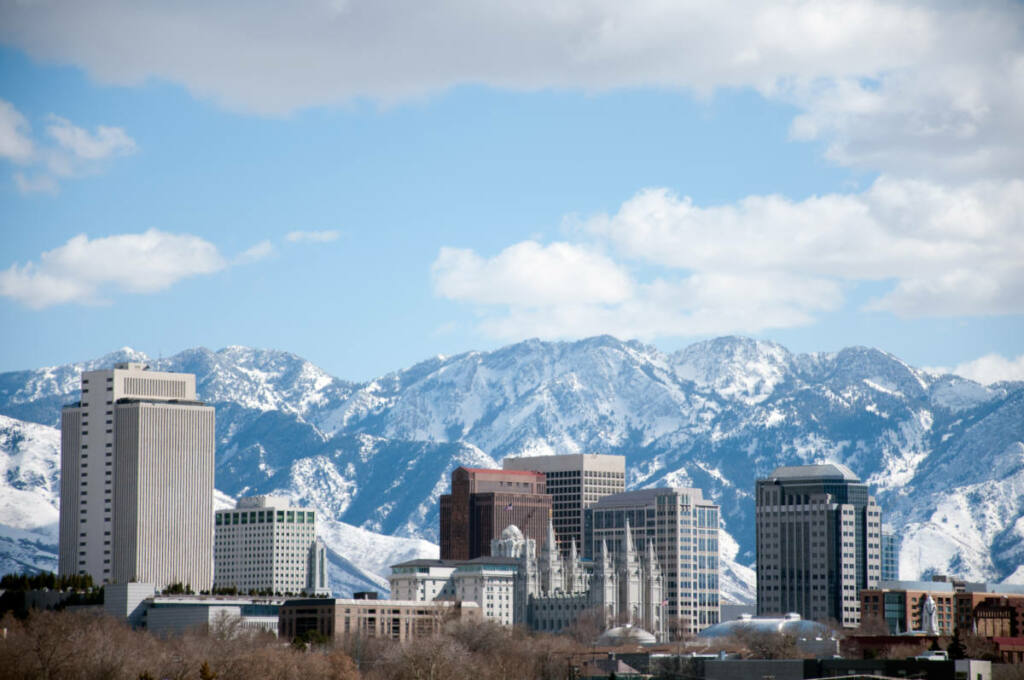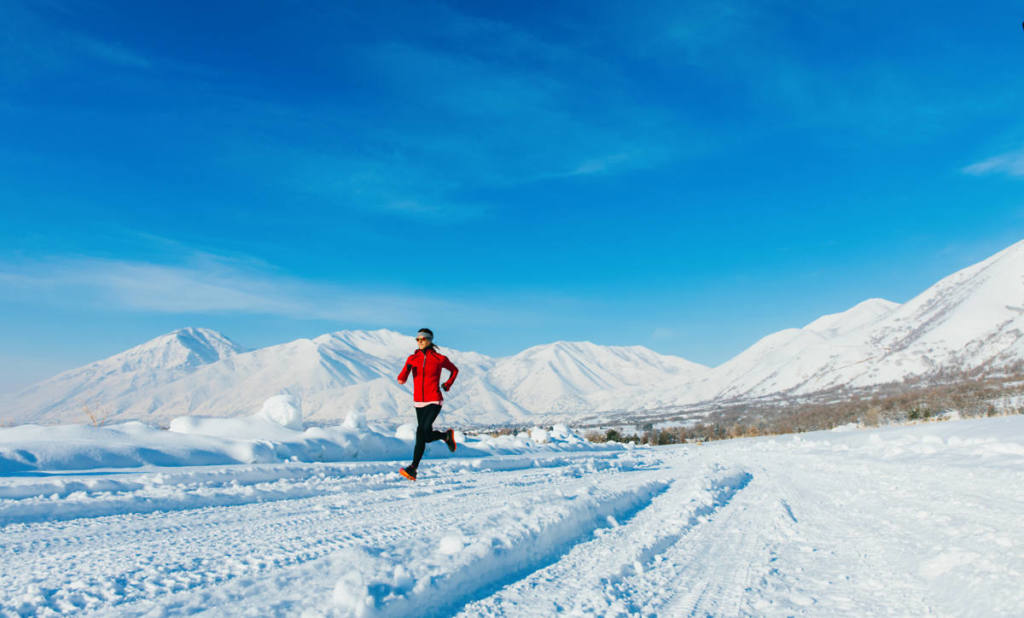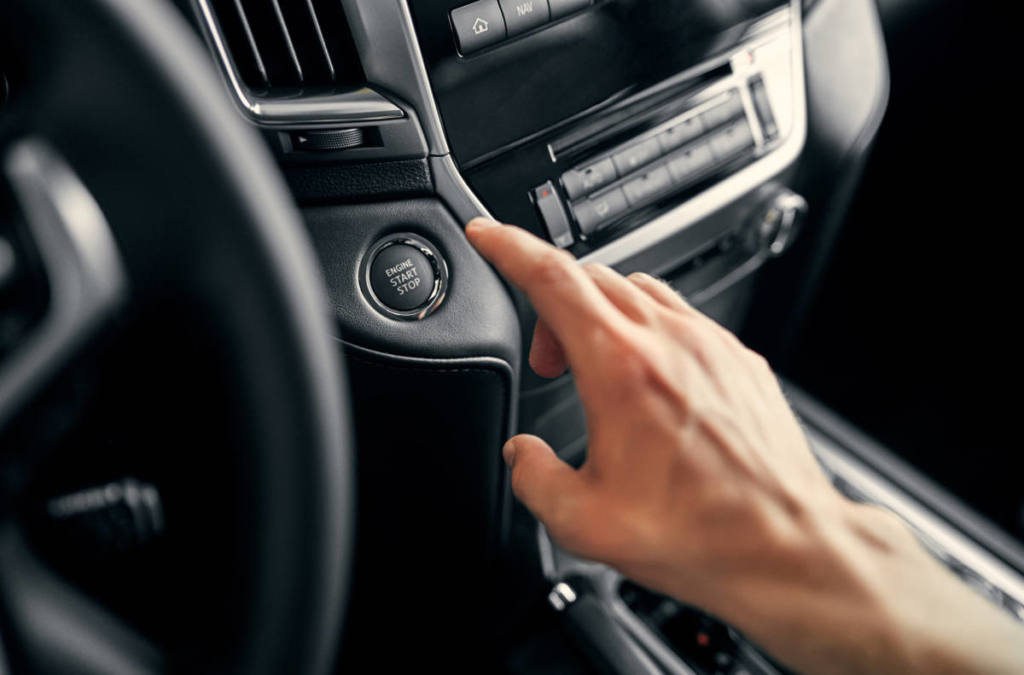Breathing Easier: UCAIR’s Clear Skies Internship and Gas Can Exchange
Welcome back to our blog! We’re thrilled to share some exciting updates with you this month. First, mark your calendars for June 8th because we’re
Home » air
Welcome back to our blog! We’re thrilled to share some exciting updates with you this month. First, mark your calendars for June 8th because we’re

Announcing the six organizations and clean-air projects selected to receive a 2023-2024 UCAIR Grant!

One challenge students and teachers are facing together is air quality. When the air quality is poor, students have recess indoors, and there are several ways that affects children and teachers.

For Utah, snow is life. Our snow is so precious we boldly proclaim that it’s the “Best Snow on Earth,” and with good measure. Utah hosted the 2002 Olympics because of its spectacular snow. But, something less commonly known is that snow, or more specifically, snow storms affect the air quality in Utah.

Being idle-free might seem too simple, or maybe it’s so simple you don’t think it will make a difference. According to the EPA, on average, every gallon of gasoline burned creates about 8,887 grams of CO2. CO2 is the gas that contributes to ozone. Your car also releases CH4 and N20 along with the CO2. Those particles get stuck in our air when we have inversion or ozone.

The 6th Annual UCAIR Summit was a success! It looked a little different this year with precautions in place to abide by COVID-19 restrictions, but there was still plenty to report and celebrate. 2020 was a year full of change and that goes for the air and our organization as well.